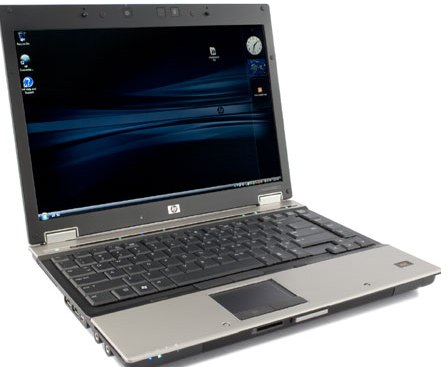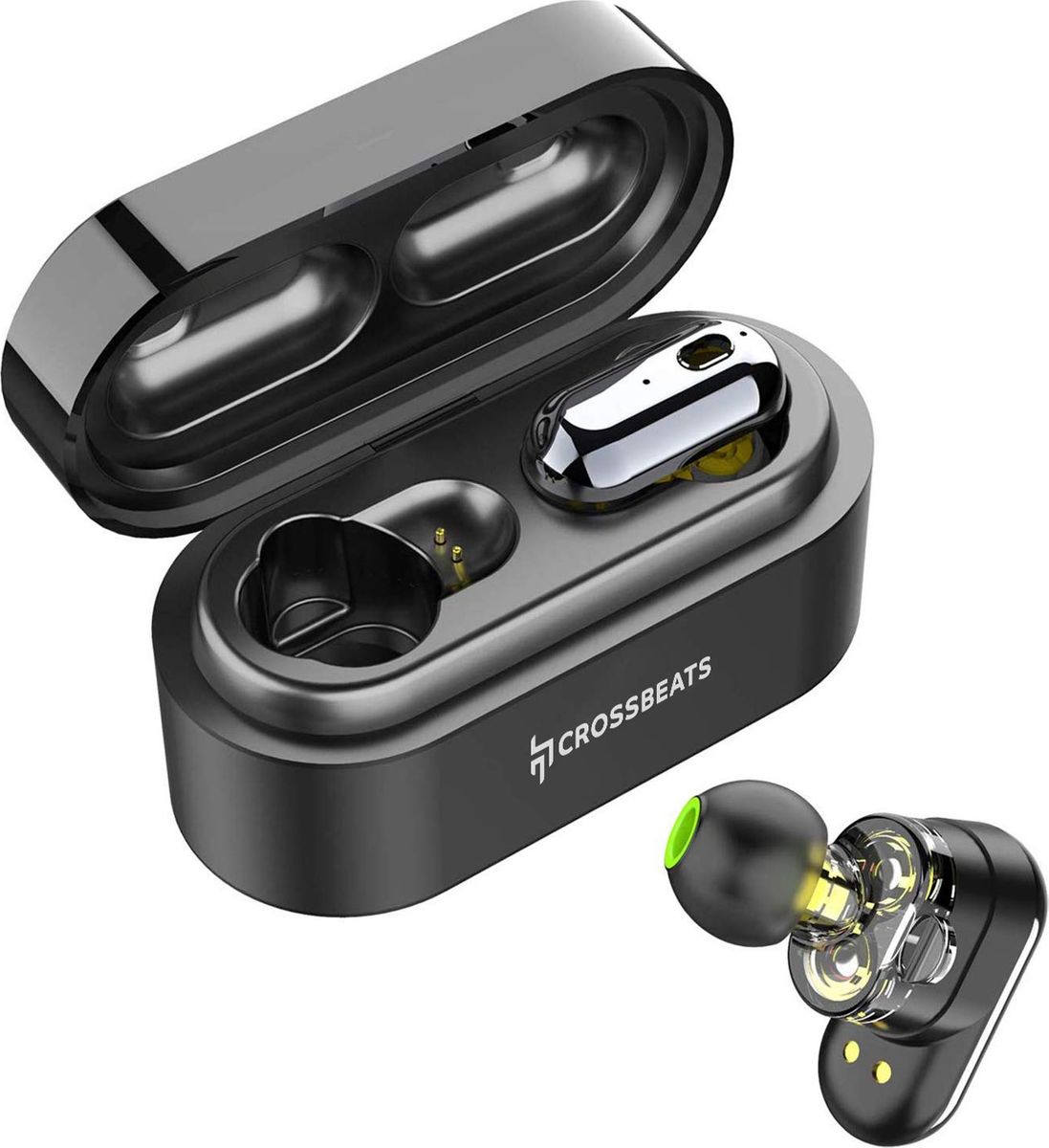Every laptop system is different, so the best resource for accessing the System BIOS and changing the settings is the manual for the laptop provided by the laptop manufacturer. Please be very careful when changing settings within the System BIOS, because changing the wrong setting can cause problems. From SSDs and external hard drives, to expansion products and enterprise storage, OWC delivers workflow solutions tailored for any creative project.
- Drivers Elektra Laptops & Desktops Best Buy
- Drivers Elektra Laptops & Desktops
- Drivers Elektra Laptops & Desktops Refurbished
- Drivers Elektra Laptops & Desktops Computers
- Drivers Elektra Laptops & Desktops For Sale
The answer to this question depends on the computer's motherboard, its configuration, and the installed software.
NoteThese steps are for enabling the internal speaker that makes basic noises. If you have problems with playing music or sound in videos, see: Why do my computer speakers not work?

Disabling the internal speaker
Software
If you're running Microsoft Windows, you can disable the internal speaker or PC speaker by following the steps below.
- In Device Manager, click View and select Show hidden devices. Once done, Non plug and play Drivers becomes visible in Device Manager.
- Expand Non plug and play Drivers by clicking the plus and double-click Beep.
If you do not see a Non plug and play Drivers section in the Device Manager, skip to the Motherboard jumper section below.
- In the Beep properties window, click the Driver tab.
- On the Driver tab, if you want to temporarily disable this device, click the Stop button. If you want to permanently disable this device, under the Startup type, select Disabled.

Motherboard jumper
If the steps above don't disable the internal speaker (i.e., there's no Non plug and play Drivers section), the internal speaker can be disabled by the motherboard jumpers. Many motherboard manufacturers have jumpers that, when jumped or not jumped, enable or disable the onboard speaker.
All motherboards are different. Refer to the motherboard's documentation to determine if your motherboard has such a jumper, and how it should be set.
Motherboard cable
Some motherboards do not have an onboard speaker and instead use a computer case speaker that can be removed to disable the speaker. Refer to the motherboard or computer's documentation to determine if your computer is set up this way.
Enabling the internal speaker
Software
If you are running Microsoft Windows, you can enable the internal speaker or PC speaker by following the steps below.
- In Device Manager, click View and select Show hidden devices. Once done, Non plug and play Drivers becomes visible in Device Manager.
- Expand Non plug and play Drivers by clicking the plus and double-click Beep.
Drivers Elektra Laptops & Desktops Best Buy
NoteIf you do not see a Non plug and play Drivers section in the Device Manager, skip to the Motherboard jumper section below.
- In the Beep properties window, click the Driver tab.
- On the Driver tab, if you want to temporarily enable this device, click the Start button. If you want to permanently enable this device, under the Startup type, select System.
If the internal speaker does not work after enabling it through the Device Manager, the internal speaker may be defective and non-functional. In this case, usually, a motherboard replacement is merited, as it is very difficult to replace the internal speaker on the motherboard.
Motherboard jumper
If the steps above don't disable the internal speaker (i.e., there's no Non plug and play Drivers section), the internal speaker can be disabled by the motherboard jumpers. Many motherboard manufacturers have jumpers that when jumped or not jumped enable or disable the onboard speaker.
All motherboards are different. Refer to the motherboard documentation to determine if your motherboard has such a jumper and what its setting should be.
NoteIf the internal speaker doesn't work after enabling it with a jumper, the internal speaker may be defective and non-functional. In this case, the motherboard would need to be replaced or repaired by a technician.
Motherboard cable
Some motherboards do not have an onboard speaker and instead use a computer case speaker that can be removed to disable the speaker. Refer to the motherboard or computer's documentation to determine if your computer is set up this way.
Additional information
Drivers Elektra Laptops & Desktops
- See our internal speaker and speaker definitions for further information and related links.
Drivers Elektra Laptops & Desktops Refurbished
 -->
-->This topic describes how to update a removable or in-chassis device's firmware using the Windows Update (WU) service. For information about updating system firmware, see Windows UEFI firmware update platform.
To do this, you'll provide an update mechanism, implemented as a device driver, that includes the firmware payload. If your device uses a vendor-supplied driver, you have the option of adding the firmware update logic and payload to your existing function driver, or providing a separate firmware update driver package. If your device uses a Microsoft-supplied driver, you must provide a separate firmware update driver package. In both cases, the firmware update driver package must be universal. For more info about universal drivers, see Getting Started with Windows Drivers. The driver binary can use KMDF, UMDF 2 or the Windows Driver Model.

Because WU cannot execute software, the firmware update driver must hand the firmware to Plug and Play (PnP) for installation.
Drivers Elektra Laptops & Desktops Computers
Firmware update driver actions
Typically, the firmware update driver is a lightweight device driver that does the following:
At device start or in the driver's EVT_WDF_DRIVER_DEVICE_ADD callback function:
- Identify the device to which it is attached.
- Determine whether the driver has a firmware version that is more recent than the version on the firmware currently flashed on device hardware.
- If a firmware update is necessary, set an event timer to schedule the update.
- Otherwise, do nothing until the driver is started again.
During system runtime:
- If an update is queued, wait for a set of conditions to be met.
- When conditions are met, perform the firmware update on the device.
Firmware update driver contents
Typically, the firmware update driver package contains the following:
- Driver catalog
- Function driver (.sys or .dll)
- Firmware update payload binary
Drivers Elektra Laptops & Desktops For Sale
Submit your firmware update package as a separate driver submission.
Adding firmware update logic to a vendor-supplied driver
Disco music mp3 download. The existing function driver can implement the firmware update mechanism, as shown in the following diagram:
Alternatively, if you want to update the function driver and the firmware update driver separately, create a second device node, on which you will install the firmware update driver. The following diagram shows how one device can have two separate device nodes:
In this case, the function and firmware device nodes must have different hardware IDs in order to be targeted independently.
There are a couple ways to create a second device node. Certain device types have the ability to expose a second device node on one physical device, such as USB. You can use this functionality to create a device node targetable by WU, and install a firmware update driver on it. Many device types, however, do not allow a single physical device to enumerate more than one device node.
In this case, use an extension INF that specifies the AddComponent directive to create a device node that can be targeted by Windows Update and install the firmware update driver on it. The following snippet from an INF file shows how you can do this:
In the above INF sample, ComponentIDs = ComponentDeviceId indicates that the child device will have a hardware ID of SWCComponentDeviceId. When installed, this INF creates the following device hierarchy:
For future firmware updates, update the INF and binary file containing the firmware payload.
Adding firmware update logic to a Microsoft-supplied driver
To update firmware for devices that use a Microsoft-supplied driver, you need to create a second device node, as shown above.
Best practices
In your firmware update driver INF, specify DIRID 13 to cause PnP to leave the files in the driver package in the DriverStore:
PnP resolves this location when it installs the device. The driver can then open this registry key to determine the location of the payload.
Firmware update drivers should specify the following INF entries:
To locate another device node, the firmware driver should walk the device tree relative to itself, not by enumerating all device nodes for a match. A user may have plugged in multiple instances of the device, and the firmware driver should only update the device with which it is associated. Typically, the device node to be located is the parent or sibling of the device node on which the firmware driver is installed. For example, in the diagram above with two device nodes, the firmware update driver can look for a sibling device to find the function driver. In the diagram immediately above, the firmware driver can look for the parent device to find the primary device with which it needs to communicate.
The driver should be robust to multiple instances of the device being on the system, possibly with multiple different firmware versions. For example, there may be one instance of the device that has been connected and updated several times; a brand new device may then be plugged in which is several firmware versions old. This means that state (such as current version) must be stored against the device, and not in a global location.
If there is an existing method to update the firmware (EXE or co-installer, for example), you can largely reuse the update code within a UMDF driver.
